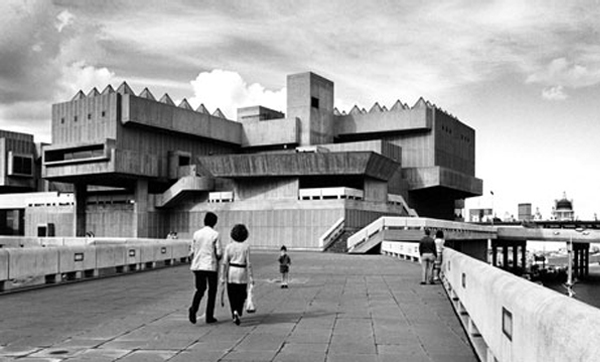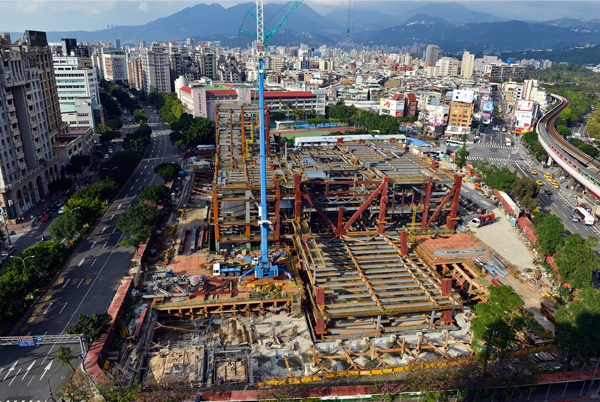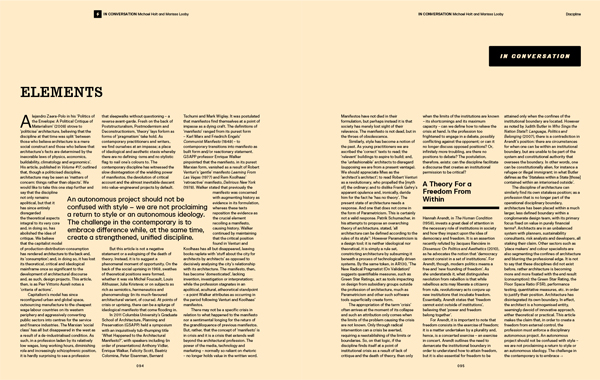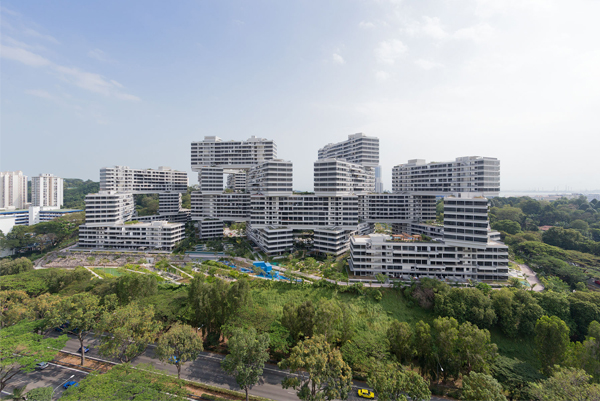
What do you stand for?
Share
Above image: The Making of an Avant Garde, film still, 2012, Diana Agrest. Cooper Union staff members including Peter Eisenman.
Is there room for debate in an industry simply trying to get by? What does discourse look like in the Australian context? What is the professional and pedagogical context of the discipline of architecture? Is there a link or even relevance between practice and theory?
These questions are as preeminent today as they were when I became editor of Architectural Review Asia Pacific almost two years ago, possibly more so. I had lofty ambitions to change the editorial landscape – to offer something different – but most of all to present architects, critics and academics the opportunity to voice their particular position and the role they play in the advancement of the profession. I believed that a change was needed, for architectural publications to no longer operate on a selective, exclusive ‘club’; to stretch the discourse and elaborate on critical angles in the discipline. Through our serialised content such as ‘Under Construction’, AR aims to be the industry leader focusing on how buildings go together so to further the expert role of the architect, rather than a superficial account of the external wide-angled photograph.
While ‘On Trial’ and ‘Under Construction’ are functioning well in print and online, one article in the serialised content, ‘In Conversation’, seems to be often misconstrued. It is timely, as I approach my 2nd birthday as editor, to reaffirm a little as to how and why it operates.
‘In Conversation’ may seem like a conversation between two or more bodies. But in AR it is a single aspect conversation – a monologue. An architect, academic or critic is afforded the opportunity to write out (in 2,000 words or more with no illustrations or supporting imagery) their specific opinion or position on the role of the architect or the contemporary profession. It is intrinsically positive – a search for new possibilities in the practice of architecture or its subsequent discussions.

Hayward Gallery, London’s Southbank, Hubert Bennet and Jack Whittle, 1968. Image credit: John Donat/RIBA
In a profession lacking strong ideological drive, ‘In Conversation’ is an attempt to resuscitate a discourse. Regardless of your practical persuasions or possible disdain for theory, this article is where concepts are explained and where the contributor truly puts their ideas on display. A case point for the need for postulating an idea or empirically recognising a moment is Reyner Banham’s ‘The New Brutalism’ article from The Architectural Review in December 1955. Australian Robin Boyd replied some years later (July 1967) with ‘The Sad End of New Brutalism’ – a veiled attack on the Smithsons.
Critic Donald Smith proposed ‘Towards a Theory’ in February 1965, working off Christian Norberg-Schulz’s notions of a discipline lacking a theoretical position. In November of the same year, architect George Baird replied, suggesting that Smith neglects to conceptualise Norberg-Schulz’s basic premise. Smith replies in a future issue.
These conversations – stretching across issues (and, in Banham and Boyd’s case, years) – is something AR aims to promote. Each ‘In Conversation’ article is published awaiting its counter argument, its recoil.
What AR strives for with ‘In Conversation’ is a back and forth debate spanning issues and of course years. What I hope for is that someone someday will respond to articles published previously so to begin a conversation. This gives AR longevity and also a long-term focus in regards to points made. Magazine issues are not fleeting moments to be cast aside as the new version lands in the mailbox, rather they should be considered and catalogued in case one day an article takes your fancy!
So do any of our previously published articles spark an interest enough to want to contribute to a future issue of AR?
In AR130–Pawn, Gerard Reinmuth discussed ‘managerialism’, suggesting “having nothing to say, or lacking the tools to bring conflicts to light, diminishes our work to the production of elaborate luxury goods for those who are so inclined to commission them.” Do you agree? What about Kerstin Thompson’s offering in AR131–Present, where she states, “a pervasive civic network…extends throughout cities, suburbs and regional towns [and] is arguably greater than the one-off, signature building. This is why greater demands should be placed on their individual and, it follows, their composite quality.”
In our annual residential issue (AR132) Diego Ramirez-Lovering noted, in relation to volume housing, that “due to the large scale of volume building operations, even small improvements in the design of the dwelling within this context can have a significant effect on the wider housing market. Multiplied, the impact of incremental change can be profound.” AR133–Contrasts saw Leon van Schaik take a slightly oblique and somewhat obtuse position on Melbourne’s influence overseas; while AR134–Authority’s ‘In Conversation’ had Wes Jones suggesting that “work does not emerge whole from the creator’s mind, but must be discovered, found, worked, refined and drawn out through an extended process of searching creation.
And in AR135–Elements, Marissa Looby and I discuss the rubric of elements, believing that we should “consider architectural design at a fundamental level: to look at an elemental component and let it devise new forms of design, typologies, innovations in program, etc.,” indeed advocating against an ontological query or an entirely practical account and is instead an attempt at a ”convergence of both towards ‘practical theory’.”
Finally, in our most recent issue, AR136–Super-, the ‘In Conversation’ article is a reflective piece from Hans Ibelings, discussing criticality in contemporary discourse, noting: “at its best, criticism is making sense of what is going on in architecture in a loosely defined here and now, even though that may include snippets of the immediate past or the near future.”
The topics are varied and tailored. It is hoped that someone somewhere will take one of the ‘In Conversation’ articles to task and begin the conversation. Over to you!
If you would like to pitch a response to one of the above articles (AR130-AR136) or to offer an article pitch for a future ‘In Conversation’ then please email Architectural Review Asia Pacific editor Michael Holt at michael.holt@arasiapacific.com



















